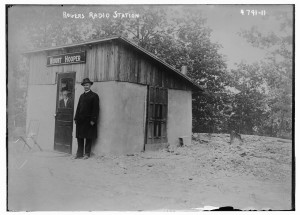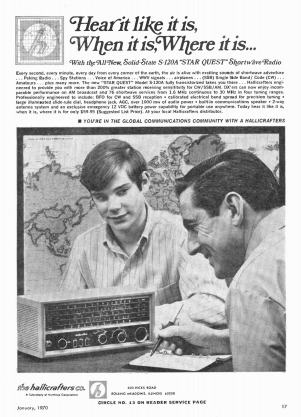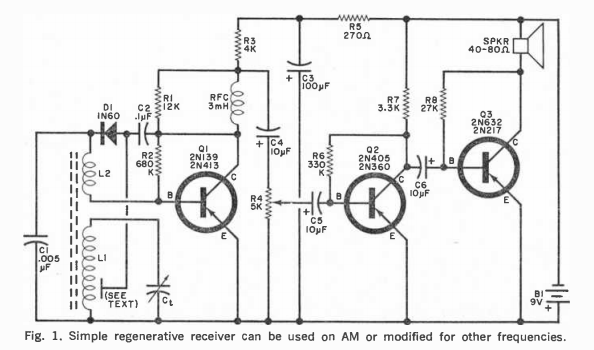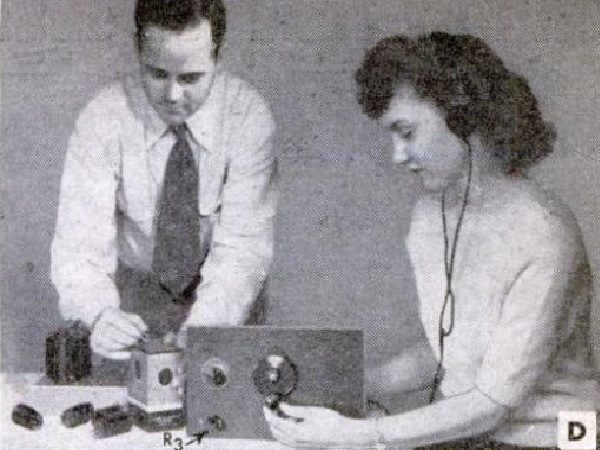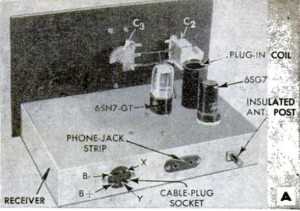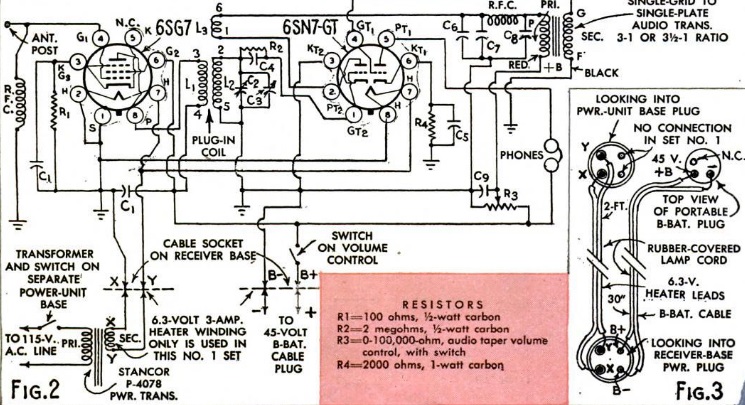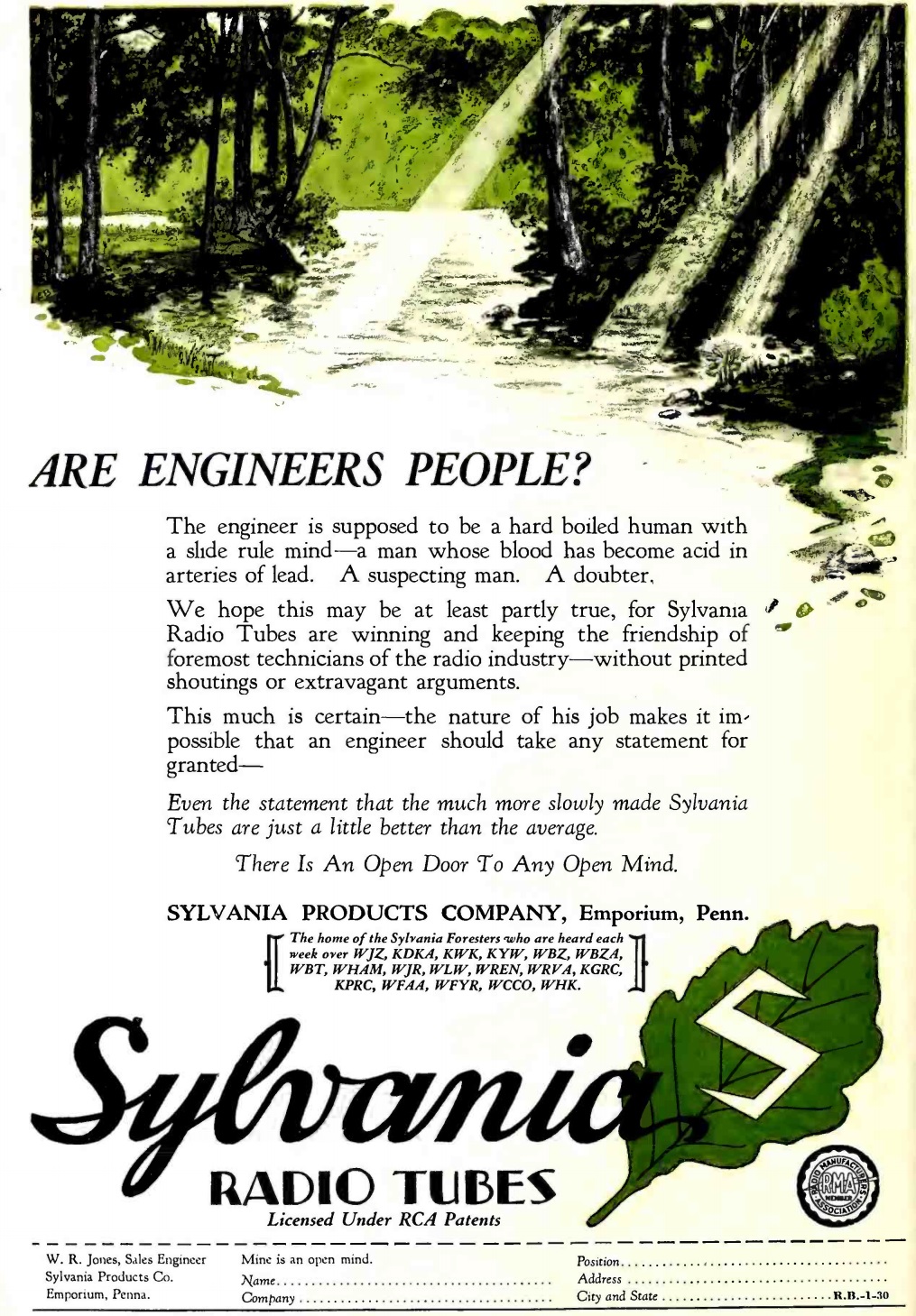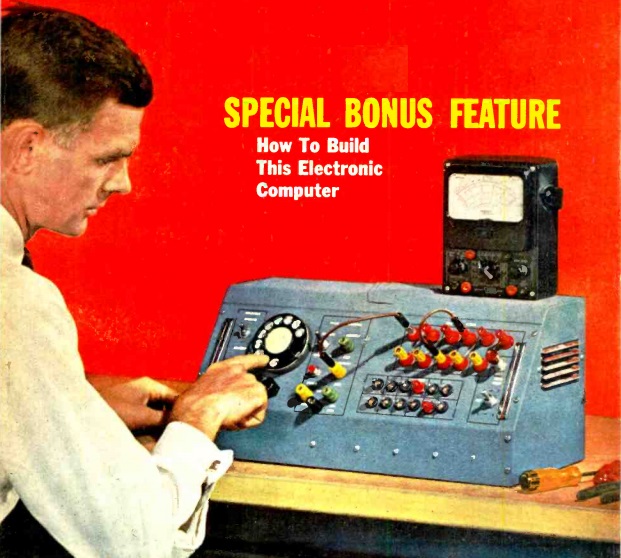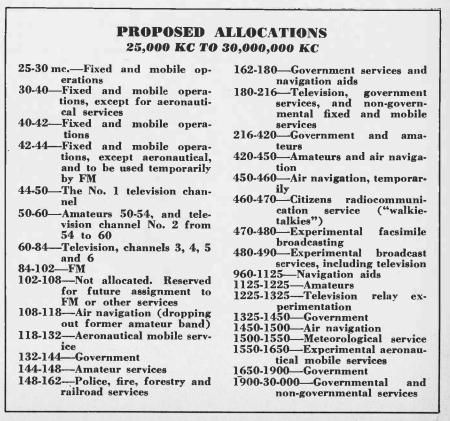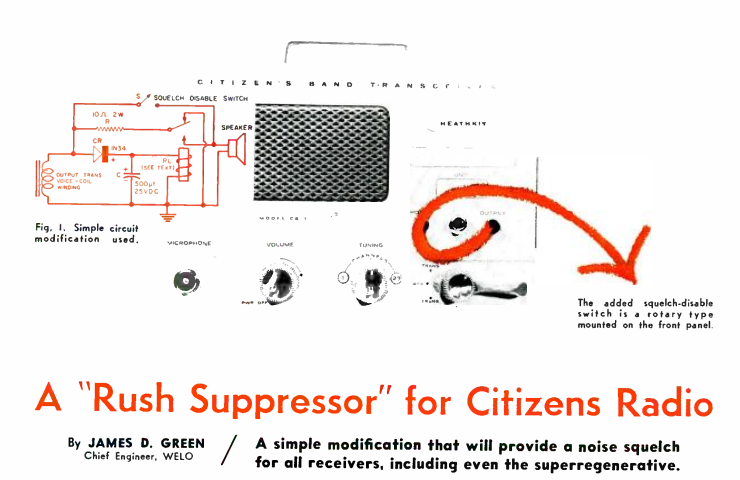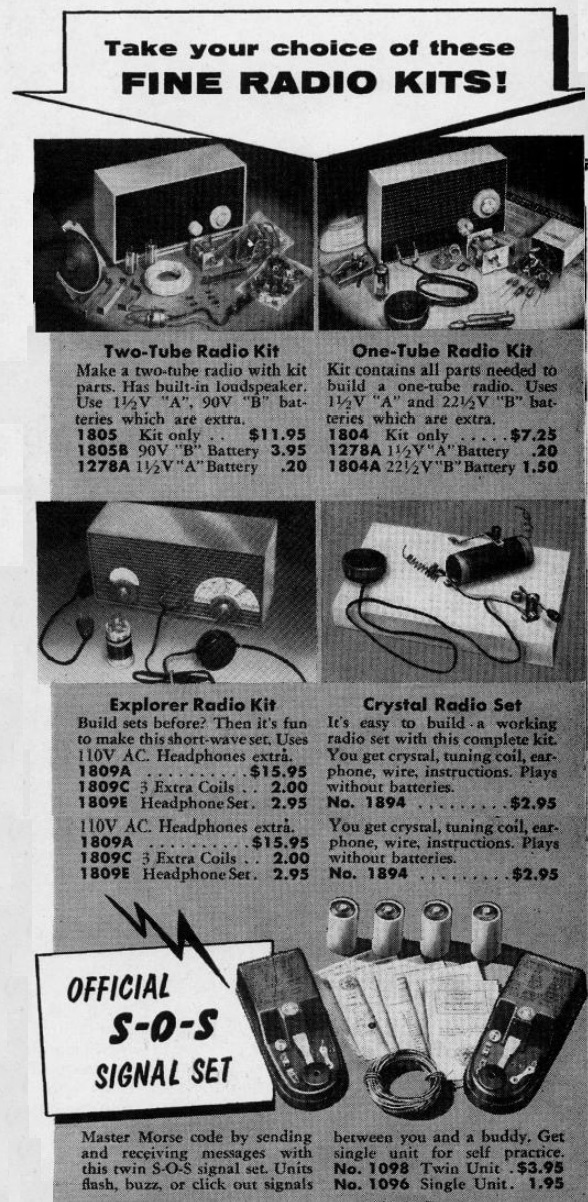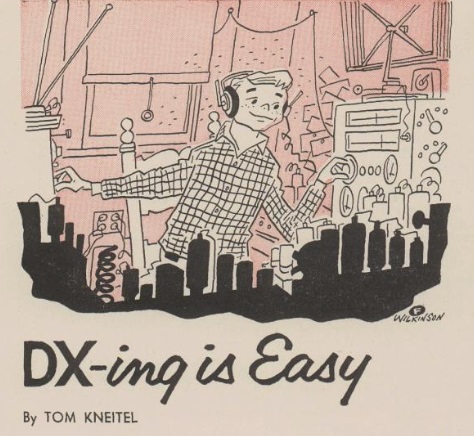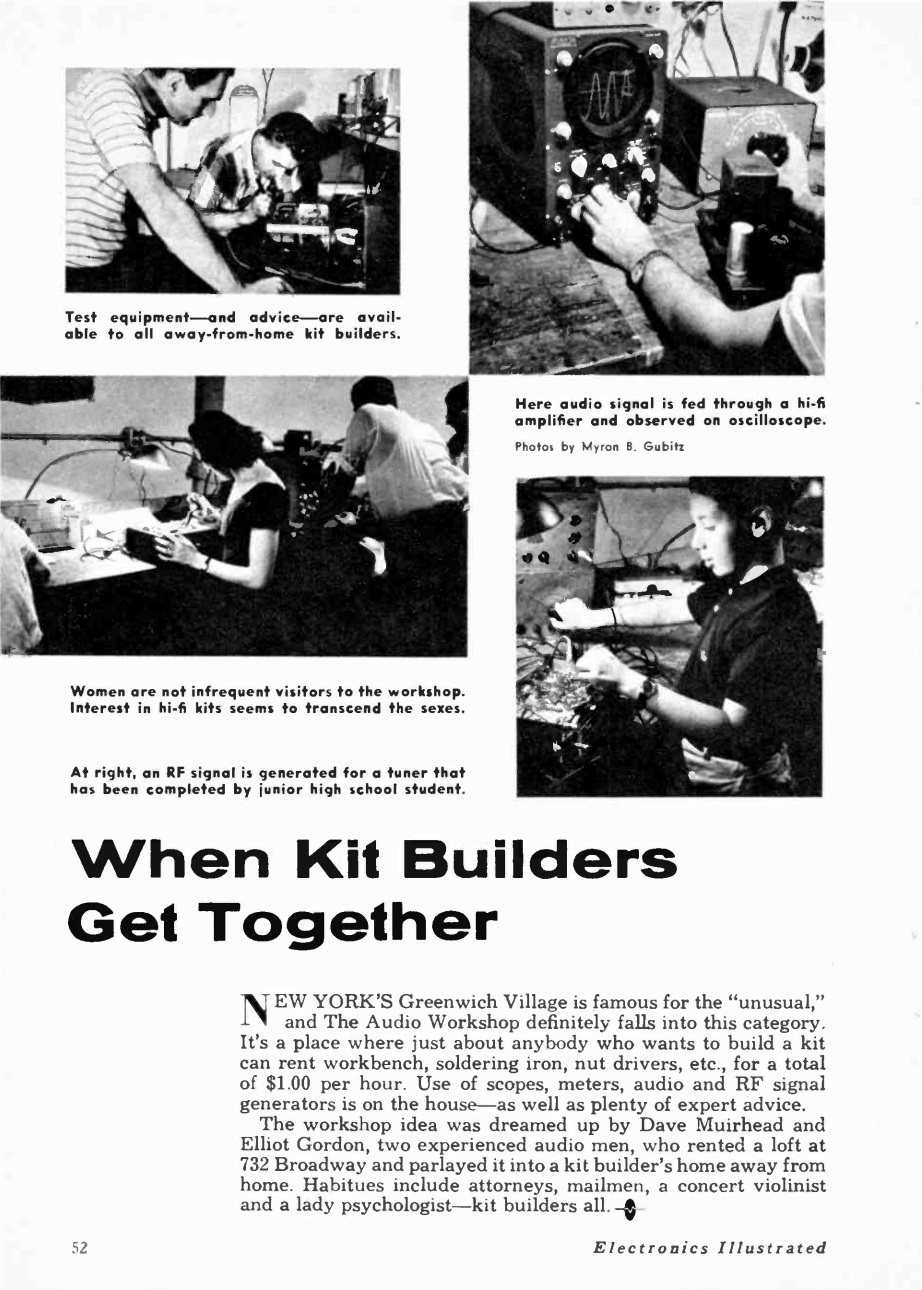 This article appeared in the Washington Times a hundred years ago today, January 28, 1920. For a more recent summary of what the Martians would be able to hear, see our earlier post.
This article appeared in the Washington Times a hundred years ago today, January 28, 1920. For a more recent summary of what the Martians would be able to hear, see our earlier post.
Mars May Be Signaling Us On Our Radios, Scientists
Here Agree With Marconi
Two Washington scientists in interviews today agreed with Marconi, the Italian who perfected wireless communication, that if Mars is inhabited there is a possibility of Martians attempting to get into communication with the earth.
May Get Our Messages.
James Harris Rogers at his laboratory. Wikipedia photo.
With the scientific world today engaged In discussions of Marconl’s suggestions of signals from Mars, causing “interruptions” to our earthly radios, Dr. James Harris Rogers, inventor of the underseas and underground wireless, whose laboratory is at Hyattsvllle. Md. and Admiral W.H.G. Bullard, in charge of the Naval Communication Service at Potomac Park, declared it their opinion that If Mars is inhabited it is possible that the Martians are getting our messages and may be trying to signal us.
“If Mars is really inhabited,” said Dr. Rogers, “it being so much older than the earth, there is reason to suppose the Martians are far more advanced that the inhabitants of the earth.
Waves Obey Laws of Light.
“I believe in the theory of the propagation of electro-magnetic waves, and that these waves obey all the laws of light, and that this energy thrown off from an aerial passes through the upper layers of atmosphere and is propagated in straight lines toward the other planets. So, if Mars is inhabited and the Martians have highly developed wireless receivers, it is within range of the possibility they are receiving signals or messages from the earth.
“Many scientists believe in what is known as the Heaviside theory; that is, that the upper regions of the atmosphere is so thoroughly ironized by the violate rays of the sun that it acts like a vast concave mirror, and that electro-magnetic waves sent from aerials do not pass through, or penetrate through, this layer, but are reflected back to the earth. This theory would preclude the possibilities of us talking or receiving messages from Mars.
“I do not believe in this theory.
No Satisfactory Explanation
“Marconi has state he has observed ‘strays’ at regular intervals–certain signals which possibly emanated from Mars. In my experience, in ‘listening in’ for many years, and studying all kinds of disturbances, I never have observed any regularity or anything to indicate that these signals were sent by intelligence.
“Scientists, however, have not found a satisfactory explanation for these ‘strays.” Of course some of them are attributable to atmospheric electrical conditions–such as from lightning, clouds charged with electricity. But the scientific world cannot today explain these ‘strays’ so satisfaction.
“I do not attempt to state that these ‘signals’ or ‘strays’ noted by Marconi are not emanating from the other planets. Great study and records should be kept of these ‘signals,’ as it were, to cause reasonable assuredness that they come from another planet.
“The ‘strays’ have not been of a single character. But, this could be explained that possibly senders from Mars, or some other planet, are using all sorts of characters in attempts to communicate with the Earth.
“But, if there are powerful transmitting instruments in Mars, going on the theory that the planet is inhabited, there is no reason why we cannot ‘receive’ their message here. Light received on this planet is nothing more than electro-magnetic waves, and the same applies to the transmission of wireless messages.
Earth’s Surface A Conductor.
“Due to the fact that the surface of the earth is a conductor, atmospheric conditions and disturbances such as lightning, or ‘strays’ which are caused at times by reaction between different layers of rarified air at extreme altitudes, do not penetrate through the earth’s surface to any extent and thus, by the use of underground wires, radio signals are received to the exclusion of a great amount of these disturbances.
“It may be further explained that the surface of the earth has a shielding effect on the underground wires and thereby prevents to a great extent the action of atmospheric disturbances on the system. Under no conditions when using underground system has a receiving operator been compelled to discontinue receiving because of nearby electrical storms, as aerial operators have been.”
Lets Visitor Hear “Strays.”
Dr. Rogers demonstrated the ‘signals’ and ‘strays’ that are received through his wireless apparatus. The visitor was permitted to “listen in” to a message being sent from the Navy to Lyons, France. The “strays” or what Marconi calls “signals from another planet,” were distinctly heard at frequent intervals.
“I have no doubt, if Mars is inhabited, that with the use of powerful receiving instruments it will not be long before we will be in communication with the planet. It may not be in my time, but it will come. But, I am not prepared to say that these ‘strays’ are signals from another planet. They will have to be further investigated. And, I will not say they are not signals from Mars. That’s just the situation. Time will tell, but it is not a thing of the impossible that if Mars or other planets are inhabited the earth will be in wireless communication with them some day.”
Investigating Phenomena.
Admiral Bullard. Wikipedia image.
The wireless phenomena, to which Marconi called public attention, are being investigated by Admiral Bullard and his associates. He is not ready to make positive statement of belife that Mars is trying to get in touch with this planet, but he sees no reason why this should not be a possibility.
“I will not say that Mars is trying to communicate by wireless with us,” said Admiral Bullard, “and I cannot say that the Martians are not. For years scientists have been studying these phenomena, and I do not give up hope that they will be made plain. We have no reliable data today how far the earth’s ether is disturbed when you set up one of the atmospheric oscillations by means of which we not communicate throughout the world-wide field. The whole business of radio communication has advance at an astounding rate of speed.
Experts Not Surprised.
“This generation may get into touch with the other worlds. Realizing that with the recent discovery that communication can be made by radio through a water surface–that our seaplanes can talk as freely with our submarines as you can talk with the suburbs–what are the possibilities of the radio communication?
“Many persons may laugh at the idea, but those in close contact every day with the world wonders of radio transmission are not greatly surpised at what may happen. I may not be able to call or talk to the Martians, but the man who takes my place may see this possible wonder of radio trasmittion.
A Ridiculed Washingtonian
“I see no limit to radio inventions. I do not fear ridicule, but I will not set a limit to the possibilities of man’s many inventions. A Washington dentist, long before Marconi was born, perfected a good system of air transmission. I understand he was laughed out of Congress when he asked for an appropriation of $50,000 to help him perfect the invention.
“As a matter of fact, however, we do not really know whether Mars is inhabited. If it is, all depends upon the intervening spaces, about which we now know nothing. The essence and composition of these air spaces, or whatever they may be called, may absolutely negative the idea of word or sound transmission. However, these air spaces may be of a favorable nature and make it possible for interplanetary intercourse.”
Sees No Code Difficulty.
Admiral Bullard said if Mars be inhabited and wireless or radio communication with the Martians be possible, he did not believe there would be any great difficulty over arranging a code. “Anything can be deciphered today,” he said.
“The final destination of the world’s shock oscillations is known to no one,” he said, “particularly the sound waves sent out from the earth today. I am not prepared to say what would happen if they should reach Mars. But, who can tell? We did not know only a few years ago how far radio messages could be carried, nor foresee its marvelous development up to the present time. No, I will not say it is not possible that the world communication with Mars by radio.”

